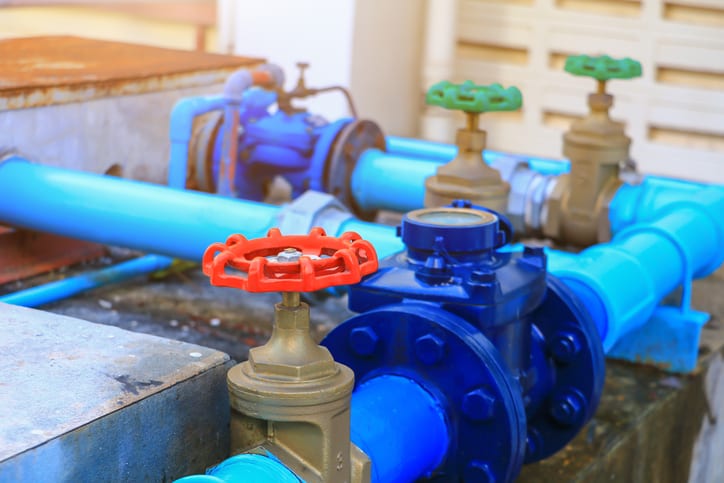History of strengthening steel for valve springs Wires used for valve springs include piano wires (i.e., as-drawn high-carbon steel wires) and oil-tempered wires.

For example there are oil-tempered wires that are drawn, oil-quenched and tempered. Until World War II, piano wires had been made in Sweden. Around that time, the piano wires were first used for the valve springs of aircraft engines and then started to be used for the valve springs of automobile engines.
After the war, oil-tempered wires were introduced from the USA. Since around 1964, wires with excellent heat resistance (SAE9254, JIS SWOSC-V), made of oil-tempered steel containing Si and Cr, have been valve springs in automobile engine used to increase fatigue strength and improve valve springs. This steel has become a de facto standard. The chemical compositions of wire rods used for valve springs are the compositions specified by SAE (SAE steels) and the ones developed by companies that make steel rods depicts the development trend of the wire rods. Techniques for reducing surface scratches and decarburized layers, both of which can adversely affect the fatigue strength of oil-tempered wires, and a method for peeling the wire rod surface over its entire length. In the early 1980s, companies developed and implemented other technologies for evaluating and cleaning off harmful inclusions.
Adopting this technology to the SAE9254 steel has significantly improved the fatigue strength of valve springs. Studies have been conducted aiming at optimizing chemical compositions for higher strength. In the mid-1980s, a new composition, KHV7, was developed and implemented. This composition was based on SAE9254 and has a higher content of C for increased tensile strength and an additional content of V, which refines austenitic grain and improves softening resistance. Oil-tempered wires of SAE9254 have a tensile strength of about 1,900MPa, while those of KHV7 have a tensile strength around 2,050MPa. The developed steel has an increased fatigue strength that is about 1.1 times higher than that of the conventional SAE9254.
Furthermore, applying nitriding treatment has increased the fatigue strength by a factor of about 1.3. In the early 1990s, a new alloy, KHV10N, containing 2.0% of Si, was developed to increase resistance against temper softening. This steel has raised the tensile strength of oil-tempered wires to the 2,200MPa level. Combined with nitriding treatment and modified shot peening, KHV10N has achieved a fatigue strength about 1.4 times higher than that of SAE9254. To further improve the fatigue strength and sag resistance of KHV10N, larger amounts of Cr and V were added to make the crystal grains ultrafine. The developed alloy, KHV12N, was commercialized in 2006. High-strength steel currently accounts for about 60 percent of the valve spring steel
